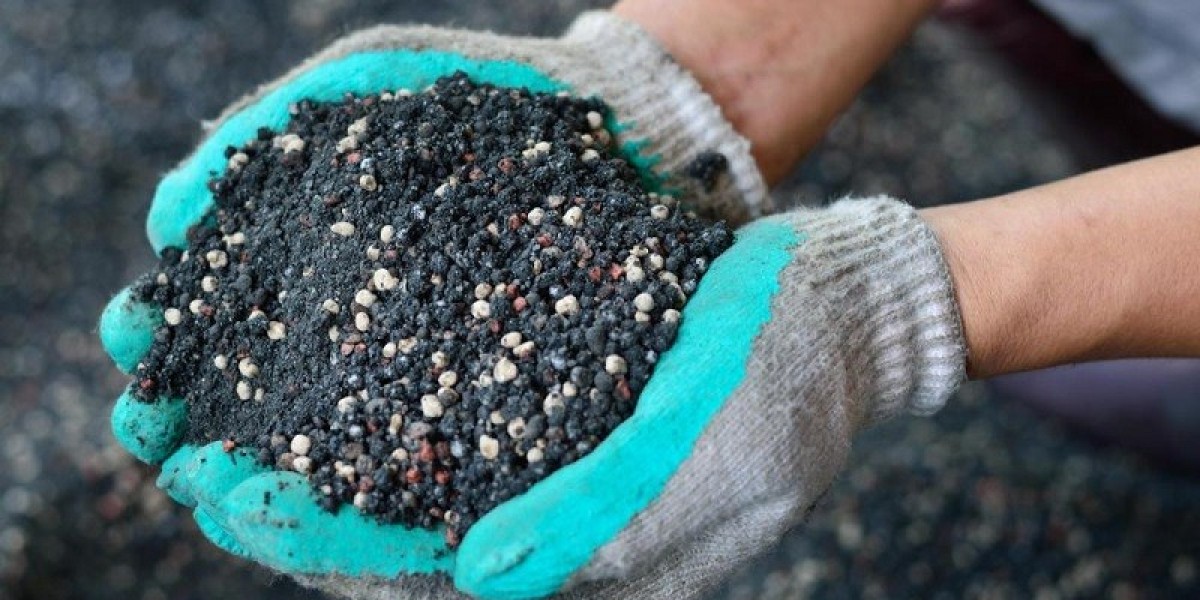Transcatheter Aortic Valve Replacement (TAVR) has revolutionized the treatment of severe aortic valve stenosis by offering a minimally invasive alternative to traditional open-heart surgery. India has rapidly adopted this advanced technology, becoming a major hub for TAVR due to its combination of affordable costs, skilled cardiac surgeons, and state-of-the-art healthcare infrastructure.
As the demand for TAVR grows in India, the procedure’s future looks promising with new technological innovations and evolving cost dynamics. This article explores the latest advancements in TAVR technology, how they impact treatment in India, and the emerging trends influencing the cost of TAVR in India. Understanding these factors will help patients make informed decisions and anticipate the benefits of this life-saving procedure in the coming years.
Current Status of TAVR in India
TAVR has gained significant traction in India over the past decade. Leading cardiac centers across metropolitan cities like Delhi, Mumbai, Bangalore, Chennai, and Hyderabad offer the procedure with high success rates. Patients from India and abroad seek TAVR here because it combines cutting-edge medical technology with affordable pricing — typically ranging from ₹8,00,000 to ₹15,00,000 ($10,500 to $20,000).
India’s adoption of globally recognized valve prostheses from companies such as Edwards Lifesciences and Medtronic has ensured safety and efficacy comparable to international standards. Additionally, a growing pool of experienced cardiac surgeons and interventional cardiologists continue to refine their skills, further boosting TAVR’s success.
Innovations Shaping the Future of TAVR in India
1. Next-Generation Valve Devices
The evolution of valve prostheses is a major focus in TAVR innovation. New-generation valves are designed for:
Improved durability: Extending valve lifespan beyond 10-15 years
Enhanced deliverability: Smaller catheters and more flexible systems reduce vascular trauma
Better sealing mechanisms: Minimizing paravalvular leaks and improving valve function
India’s leading hospitals are gradually introducing these valves, providing patients with access to the latest technology.
2. Imaging and Navigation Enhancements
Advances in 3D echocardiography, CT angiography, and real-time imaging enable surgeons to plan and execute TAVR with greater precision. These tools improve valve sizing and positioning, reducing complications.
3. Expansion of TAVR to Lower-Risk Patients
Initially reserved for high-risk or inoperable patients, TAVR is now increasingly performed on intermediate and low-risk patients globally. Indian cardiac centers are also adopting this broader application, offering more patients the benefits of minimally invasive valve replacement.
4. Hybrid Operating Rooms
More hospitals in India are setting up hybrid cath labs that combine catheterization and surgical facilities, allowing seamless transition between catheter-based and open surgical procedures if needed. This ensures patient safety and optimal outcomes.
5. Artificial Intelligence (AI) and Robotics
AI is being explored for preoperative planning, patient selection, and risk prediction. Robotic assistance in catheter navigation could further enhance precision and safety, though widespread adoption in India is still emerging.
Cost Trends in TAVR India: What to Expect
Current Cost Scenario
The cost of TAVR in India currently ranges between ₹8,00,000 and ₹15,00,000, making it one of the most affordable options worldwide without compromising quality.
Factors Influencing Cost Trends
Increased Competition: As more hospitals and cardiac centers offer TAVR, competitive pricing may lead to cost reductions.
Technological Advancements: While new valve devices and imaging tools improve outcomes, they may initially increase costs before becoming mainstream and affordable.
Government and Insurance Support: Expanding insurance coverage and government healthcare initiatives can make TAVR more accessible and affordable for a larger population.
Medical Tourism Growth: India’s reputation as a cost-effective medical tourism destination encourages hospitals to maintain competitive pricing for international patients.
Predictions for the Future
Experts predict gradual stabilization of TAVR costs in India due to:
Wider adoption reducing device costs through bulk procurement
Increased domestic manufacturing of valve components lowering dependence on imports
Enhanced efficiency and shorter hospital stays lowering overall treatment expenses
Patients can expect more cost-effective TAVR options without sacrificing quality in the near future.
Challenges and Opportunities
Challenges
Access in Rural Areas: Advanced TAVR technology is mostly concentrated in urban hospitals. Expanding access remains a challenge.
Awareness: Many patients and referring physicians may still lack awareness about TAVR benefits and availability.
Training: Ensuring adequate training for cardiac surgeons and teams to keep pace with rapid technological changes.
Opportunities
Telemedicine: Remote consultations and follow-ups make TAVR more accessible to patients in smaller towns.
Public-Private Partnerships: Collaborations can expand infrastructure and training programs.
Research and Clinical Trials: India’s growing participation in TAVR research fosters innovation tailored to local populations.
How Patients Can Prepare for Future TAVR Options
Stay Informed: Keep updated about new TAVR technologies and clinical guidelines.
Consult Experienced Centers: Choose hospitals and surgeons who adopt latest innovations and maintain high success rates.
Plan Financially: Discuss cost packages and insurance options ahead of treatment.
Prioritize Post-Operative Care: Rehabilitation and follow-up remain critical to long-term success.
Conclusion
The future of TAVR in India is bright, fueled by technological innovations, expanding patient eligibility, and evolving cost structures. India continues to strengthen its position as a global leader in affordable, high-quality cardiac care.
With next-generation valve devices, advanced imaging, and a growing cadre of skilled surgeons, patients can expect safer, more effective treatments with faster recovery times. Cost trends indicate increasing accessibility as hospitals leverage technology and competition to offer value-driven care.
If you or a loved one is considering TAVR, India’s future-ready cardiac centers are well-equipped to provide cutting-edge treatment at affordable prices. By choosing India, you are opting for innovation, expertise, and compassionate care that transforms lives.







